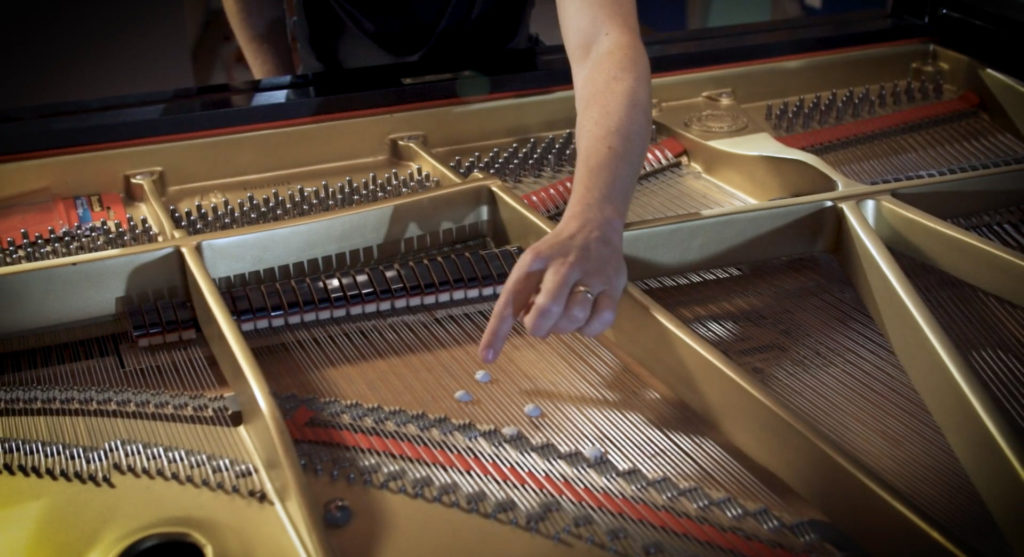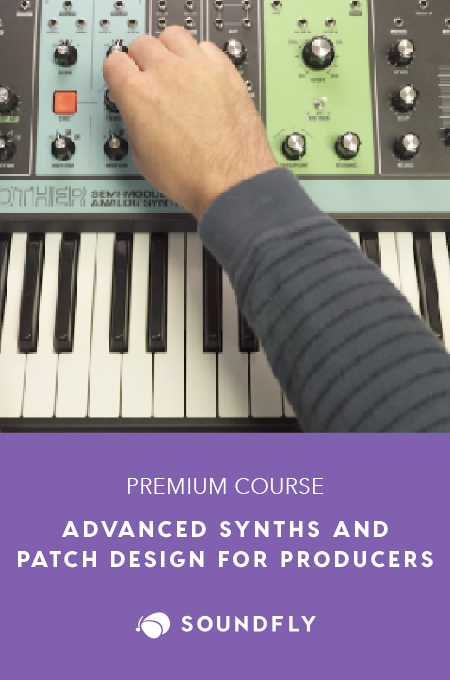+ This exclusive video lesson is presented courtesy of Ryan Lott’s course, Designing Sample-Based Instruments. Sign up to inject a new dose of creativity into your music with custom-built virtual instruments.
Throughout Ryan Lott’s course, he can be seen and heard experimenting with new sounds, and then turning those sounds into deeply layered tonal and textural complexity. But often the most satisfying results start from a place of simplicity and single-outcome focus.
In this newly released video from Ryan Lott: Designing Sample-Based Instruments, Ryan shares his thoughts about producing with a “less is more” mindset, and exemplifies that in action.
Start With Simple Ideas
It can be tempting to focus on ideas that are incredibly complex, especially in instances where you have control over the performance. However, simpler ones often yields results that are just as good, and sometimes better.
There are advantages, for example, to starting with just a single pitch.
A single pitch will allow us to assign each note a single pitch once we get around to building out our digital instrument, whereas multiple pitches will have additional harmonic information that might create muddiness when we start changing pitches or arranging with other sounds.

Find or Create Character and Variety
Simple shouldn’t mean boring. There are so many sample packs out there, many of them created using the best equipment out there. Don’t settle for something that’s just going to sound a lesser version of those.
A “basic” sound can have lots of character, especially if you help it out a little. In this case, Ryan’s preparation of the piano gave him the ability to work with multiple keys that were essentially the same pitch, giving him an interesting sound that wasn’t too complicated.
Preparing a piano is kind of a niche skill, but you can apply this idea in other ways as well.
For example, if you’re recording the sound of a spoon hitting a bowl, what would happen if you held multiple utensils in your hand instead of just one? What if you scrape the bowl instead of hitting it? If you’re capturing the a ball hitting the floor, how does hardwood compare to carpet?
Explore slight variations of each idea and get multiple takes with each small change.

Start a really simple idea — something like clapping just once or whistling a single pitch. Then, hit record and come up with some variations.
Capture as much as feels right to you but as a starting place, get at least three takes of three different versions of the idea. For example, that could mean clapping your hands three times while wearing winter gloves, three times while wearing rubber gloves, and three times without gloves.
Be sure to hold onto the audio you record, as you may want to use it later.
Don’t stop here!
Continue learning with hundreds of lessons on songwriting, mixing, recording and production, composing, beat making, and more on Soundfly, with artist-led courses by Kimbra, Com Truise, Jlin, Kiefer, and the new Ryan Lott: Designing Sample-Based Instruments.



